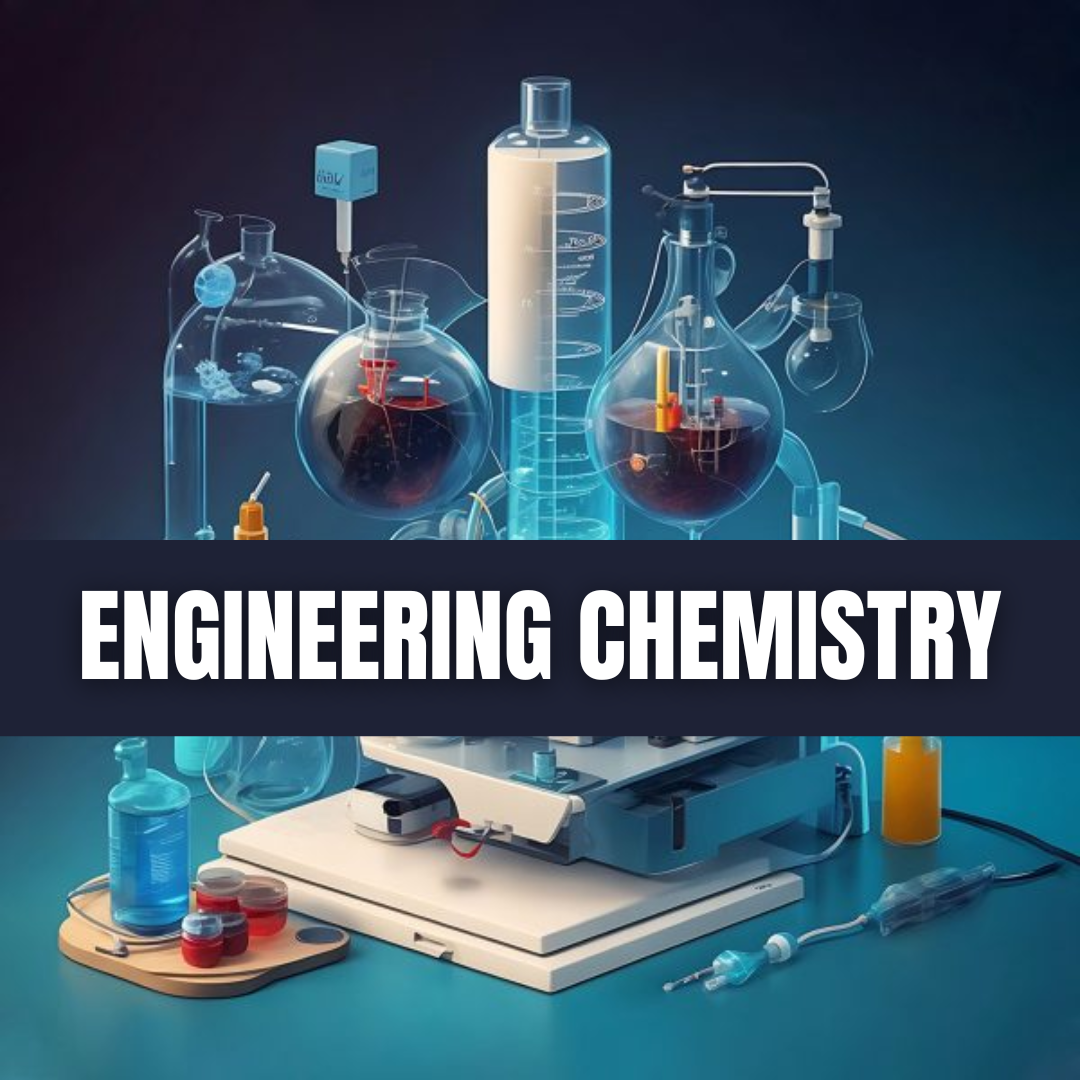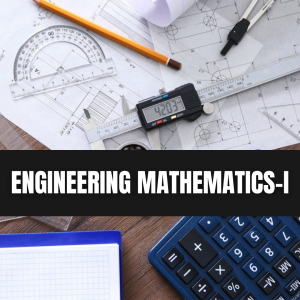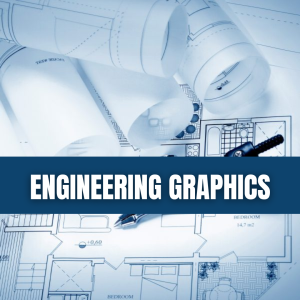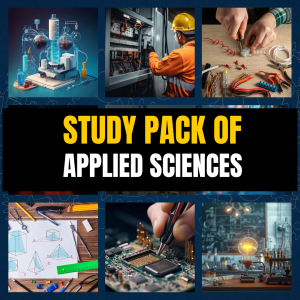Engineering Chemistry
11.98$
About the course
Engineering Chemistry basically provides an Introduction to the Basic Concepts and Phenomenon of Fundamental Chemistry and Applied Chemistry that will help to build an Interface of Theoretical Concepts with their Practical Applications. It includes the Study of Water and its Treatment Processes, Photochemistry, Corrosion Processes, Molecular Spectroscopy, Basics of Nano-Chemistry and Polymer Compounds.
What will you learn?
The complete online syllabus of this course comprises 10 Learning Modules | 146 Topics of Learning | 7.2 Hours of Learning | 35 Assessments
Module
- Water and Its Treatment
- Photochemistry
- Corrosion and Its Prevention
- Spectroscopy and Its Applications
- Polymers and Reinforced Composites
- NanoChemistry
- Chemical Bonding and the State of Matter
- Reaction Kinetic, Phase Rule, and Electrochemistry
- Structural and Mechanistic Concept of Organics
- Analytical Method and Fuels
Topics of Learning
- Water and its Treatment
- Boiler Feed Water And Its Specifications
- Internal Treatment Of Boiler Feed Water
- External Treatment Of Boiler Feed Water
- Scale And Sludge Formation
- Priming And Foaming
- Boiler Corrosion And Its Causes
- Methods To Prevent Boiler Corrosion
- Caustic Embrittlement
- External Treatment Methods Of Boiler Feed Water
- Hard Water And Different Methods Of Water Softening
- Cold Lime Soda Process
- Hot Lime Soda Process
- Advantages And Disadvantages Of Lime Soda Process
- Zeolites
- Zeolite Process
- Ion Exchange Resins
- Ion Exchange Process
- Desalination Of Brackish Water
- Electrodialysis
- Reverse Osmosis Process
- Water For Domestic Purposes
- Screening And Sedimentation
- Sedimentation Aided With Coagulation
- Filteration
- Disinfection
- Break Point Chlorination
- Ozonisation
- Aeration And Ultra Violet Rays Treatment
- Introduction To Photochemistry
- Light Sources Of Photochemistry
- Photophysical And Photochemical Processes
- Lambert’s Law
- Lambert Beer’s Law
- Limitations And Applications Of Lambert Beer’s Law
- First Law Of Photochemistry
- Second Law Of Photochemistry
- Quantum Yield
- Classification Of Photochemical Reactions
- Fluorescence
- Phosphorescence
- Jablonski’s Diagram
- Electron Orbits And Energy Levels
- Conductors, Semiconductors And Insulators
- Intrinsic Semiconductors
- Extrinsic Semiconductors: N Type
- Extrinsic Semiconductors : P Type
- Unbiased Diode: P-N Junction
- Barrier Voltage And Depletion Region
- Applications Of Semiconductor Photochemistry
- Photo Voltaic Cells
- Optical Sensors
- Introduction To Supramolecular Chemistry
- Large Molecules And Supra Molecules
- Corrosion and Its Prevention
- Introduction To Corrosion And Its Types
- Dry Corrosion And Its Mechanism
- Different Types Of Surface Films
- Wet Corrosion And Its Mechanism
- Galvanic Corrosion
- Differential aeration corrosion
- Crevice Corrosion
- Pitting Corrosion
- Water Line Corrosion
- Stress Corrosion
- Soil Corrosion
- Methods Of Corrosion Control
- Cathodic Protection Method Of Corrosion Control
- Protective Coatings and Linings
- Corrosion Inhibitors
- Spectroscopy and its applications
- Introduction to Electromagnetic Radiation
- Introduction to Spectroscopy
- Atomic and Molecular Spectroscopy
- Types of Molecular Spectra
- Selection Rules in Spectroscopy
- Spectral Lines
- Line Widths of Spectral Lines
- Intensities of Spectral Lines
- Types of Spectroscopy
- Principle Of UV-Visible Spectroscopy
- Different Types of Molecular Orbitals
- Types of Electronic Transition in UV-Visible Spectroscopy
- Construction and Working of UV-Visible Spectrometer
- Examples of UV-visible Spectrum
- Chromophores
- Auxochromes
- Franck-Condon Principles
- Application of UV-Visible Spectroscopy
- Principle of IR spectroscopy
- Instrumentation of IR Spectrometer
- Infra Red Spectrum
- Interaction between Vibrating Molecule and Infrared Radiation
- Vibrational Frequency
- Vibration Modes and Its Types
- Factors Affecting Vibrational Frequency
- Application of IR Spectroscopy
- Principle of NMR Spectroscopy
- Construction of NMR Spectroscopic Instruments
- Chemical Shift
- Spin-Spin Splitting
- Application of NMR Spectroscopy
- How to Study NMR Spectrum
- Polymers: Introduction and Classification
- Functionality of Polymers
- Types of Polymerisation
- Tacticity of Polymers
- Molecular Weight of Polymer
- Effect of Molecular Weight on Properties of Polymers
- Mechanical Properties of Polymers
- Polymer Reinforced Composites
- Classification and Characteristics of Polymer Composites
- Thermoplastic and Thermosetting resins
- Elastomers and synthetic fibers
- Ion exchange resins
- Organic conducting and biodegradable polymers
- Introduction to Nanochemistry
- Self Assembly
- Formation of Self-Assembly
- Coercing Colloids
- Chemical bonding and state of matter
- Molecular Orbital theory and its applications in diatomic molecules.
- Hydrogen bond
- Metallic bonds and their applications
- Various states of matter
- Types of unit cell
- One and two-dimensional solids
- Graphite and its conduction properties
- Fullerenes and their applications
- Reaction kinetics, phase rule, and electrochemistry
- Order and molecularity of reactions
- Zero-order, first order, and second order reactions
- Integrated rate equations
- Theories of reaction rates
- Phase rule and its applications to one component system
- Electrochemical cells
- Galvanic and concentration cells
- Electrochemical theory of corrosion and protection of corrosion
- Fuel cells
- Structural and mechanistic concept of organics
- Inductive, electromeric mesomeric, and hyper conjugative effects
- Carbocation and free radicals
- Mechanism of nucleophilic substitutions
- Aldol condensation
- Cannizaro reaction
- Beckman rearrangement
- Hoffmann rearrangement
- Diels-Alder reaction
- E-Z nomenclature
- Conformations of butene
- Analytical method and fuels
- Classification of fuels
- Analysis of coal
For a quick review, please watch our videos here 




